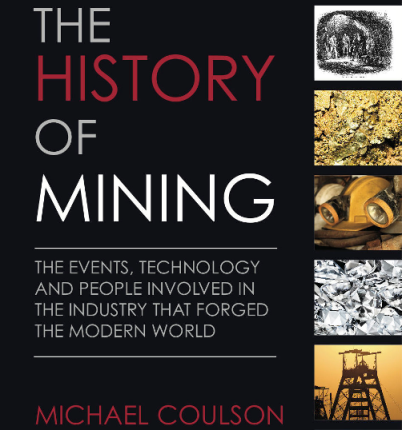This information is from Wikipedia, the Free Encyclopedia: http://en.wikipedia.org/wiki/Main_Page
Gold is a 1974 thriller film starring Roger Moore and Susannah York and directed by Peter R. Hunt. It was based on the 1970 novel Gold Mine by Wilbur Smith. Moore plays Rod Slater, General Manager of a South African gold mine, who is instructed by his boss Steyner (Bradford Dillman) to break through an underground dike into what he is told is a rich seam of gold.
Meanwhile he falls in love with Steyner’s wife Terry, played by York. The film was only released as part of a double bill in the United States and is nowadays notable only as a period piece, being part of a propaganda effort to make Apartheid South Africa look ‘glamorous’ to European and American audiences.
Plot
The film begins with a tunnel collapse at the Sonderditch mine, in a scene that establishes the courage of Slater and his chief miner, ‘Big King’, and the bond of trust between them. This is contrasted with the contempt with which some other white managers treat the black miners.
























